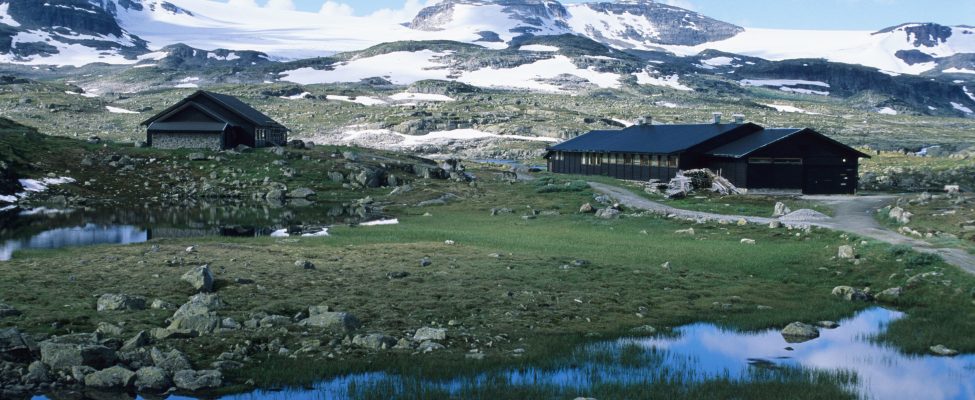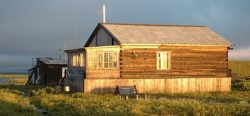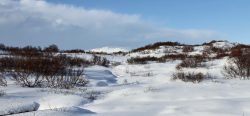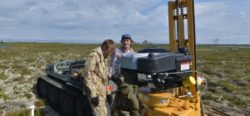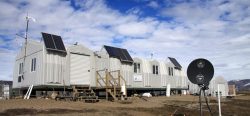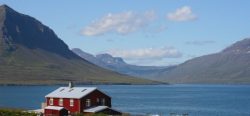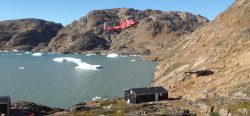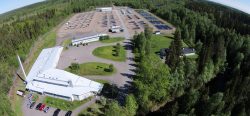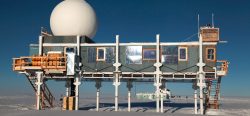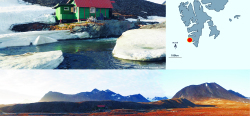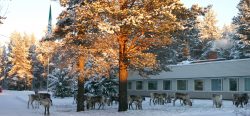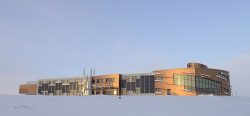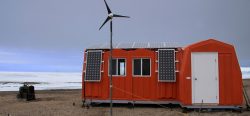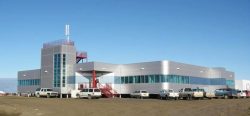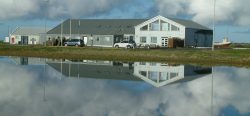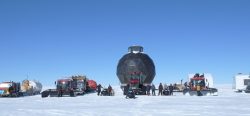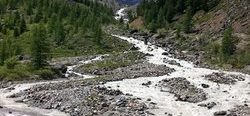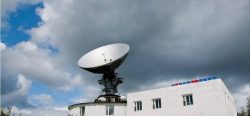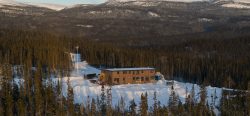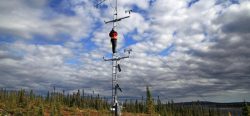Contact Details
University of Oslo, Department of Biology
P.O. Box 1066 Blindern,
N-0316 Oslo, Norway
- Phone: +47 56527120 / 92602138
- Fax: +47 56527121
- Link: http://www.finse.uio.no
STATION NAME AND OWNER
Finse Alpine Research Centre is owned by the Faculty of Mathematics and Natural Sciences of the University of Oslo. Even though the University of Oslo is the offi cial owner, state funding for building the station was provided on the condition that the Universities of Bergen and Oslo have equal rights to the use of the station for research and education. The station is managed by the Department of BiologyThe study of life and living organisms (from the Greek word 'bios' meaning life).... More, University of Oslo.
LOCATION
The Alpine Research Center is located 1.5 km east of the Finse railway station on the north-western corner of the Hardangervidda mountain plateau in south central Norway (60°36’ N, 30’ E). The closest town is Geilo, about 50 km to the east. Finse lies in the low alpine zone at 1200 meters a.s.l. and about 250 meters above the tree line. The snow-free period is normally between mid-July and October. The station is located just outside Hallingskarvet National Park to the north and east and Skaupsjøen-Hardangerjøkulen landscape protection area to the south and west. The Hardangerjøkulen glacierA glacier is a large, persistent body of land-based ice that forms over many years where the accumulation of snow is greater than its loss (ablation). The ice in a... More is 4 km south of the station.
BIODIVERSITY AND NATURAL ENVIRONMENT
The area has continuous vascular vegetation up to about 1300 m a.s.l. – mainly oligotrophic mountain heaths. There are rich breeding-grounds for many species of shorebirds, rock ptarmigan, rough legged buzzard, gyrfalcon, and many passerines. The small-rodent community consists of Norwegian lemmings, root/ tundraA type of ecosystem in which tree growth is limited by low temperatures. The origin of the word is from from the Kildin Sami word t?ndâr, meaning "uplands" or "treeless mountain tract". In the northern... More voles, field voles, bank voles and grey-sided voles. Other mammals include common shrew, stoat, hare, and reindeer. ArcticDefinitions of the Arctic vary according to environmental, geographical, political, cultural and scientific perspectives. Some scientists define the Arctic as areas having a high latitude, long winters, short, cool summers,... More fox has been released in a reintroduction program since 2010. There are numerous clearwater lakes with trout and ArcticDefinitions of the Arctic vary according to environmental, geographical, political, cultural and scientific perspectives. Some scientists define the Arctic as areas having a high latitude, long winters, short, cool summers,... More char.
HISTORY AND FACILITIES
The station has been in operation since 1972 and consists of a research unit that contains 14 beds, kitchen, labs, and sauna, in addition to a course and conference unit with 44 beds, kitchen, dining hall, lecture room, and sauna.
GENERAL RESEARCH AND DATABASES
The station has a long history of research in biologyThe study of life and living organisms (from the Greek word 'bios' meaning life).... More, limnology, and geosciences. The station is mainly used for research projects run by Norwegian universities, including Master and PhD projects, but also attracts international visitors. An automatic climatological station has been in operation since 1969 which now also includes UV radiation sensors. The station has historic time-series data on small mammals and insects, and mass balanceThe difference between the amount of ice a glacier gains in winter and the amount lost in summer. A glacier which is gaining mass has a positive mass balance: more ice is... More data is available from the Hardanger Jøkulen glacierA glacier is a large, persistent body of land-based ice that forms over many years where the accumulation of snow is greater than its loss (ablation). The ice in a... More. See descriptions of current research projects at http://www.finse.uio.no/research/projects/.
HUMAN DIMENSION
The area is much used for recreation including skiing, kite skiing, hiking, cycling, fishing, and hunting. There is a hotel and a hiker’s lodge at Finse, and there are many private cabins in the area.
ACCESS
There are no public roads to the station, but the station is accessible year-round by train (4.5 hours from Oslo and 2.5 hours from Bergen). The research station is located about 1.5 km east of the railway station and transport to the station is available by van or snowmobile except for the snowmelt period which is normally from May to July.
